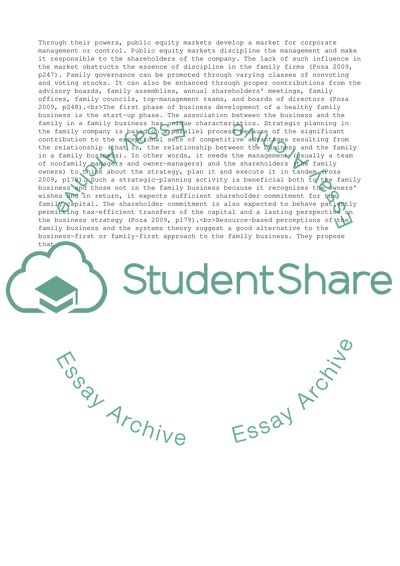Cite this document
(Family Business Essay Example | Topics and Well Written Essays - 2000 words - 2, n.d.)
Family Business Essay Example | Topics and Well Written Essays - 2000 words - 2. https://studentshare.org/business/1762698-family-business
Family Business Essay Example | Topics and Well Written Essays - 2000 words - 2. https://studentshare.org/business/1762698-family-business
(Family Business Essay Example | Topics and Well Written Essays - 2000 Words - 2)
Family Business Essay Example | Topics and Well Written Essays - 2000 Words - 2. https://studentshare.org/business/1762698-family-business.
Family Business Essay Example | Topics and Well Written Essays - 2000 Words - 2. https://studentshare.org/business/1762698-family-business.
“Family Business Essay Example | Topics and Well Written Essays - 2000 Words - 2”. https://studentshare.org/business/1762698-family-business.


